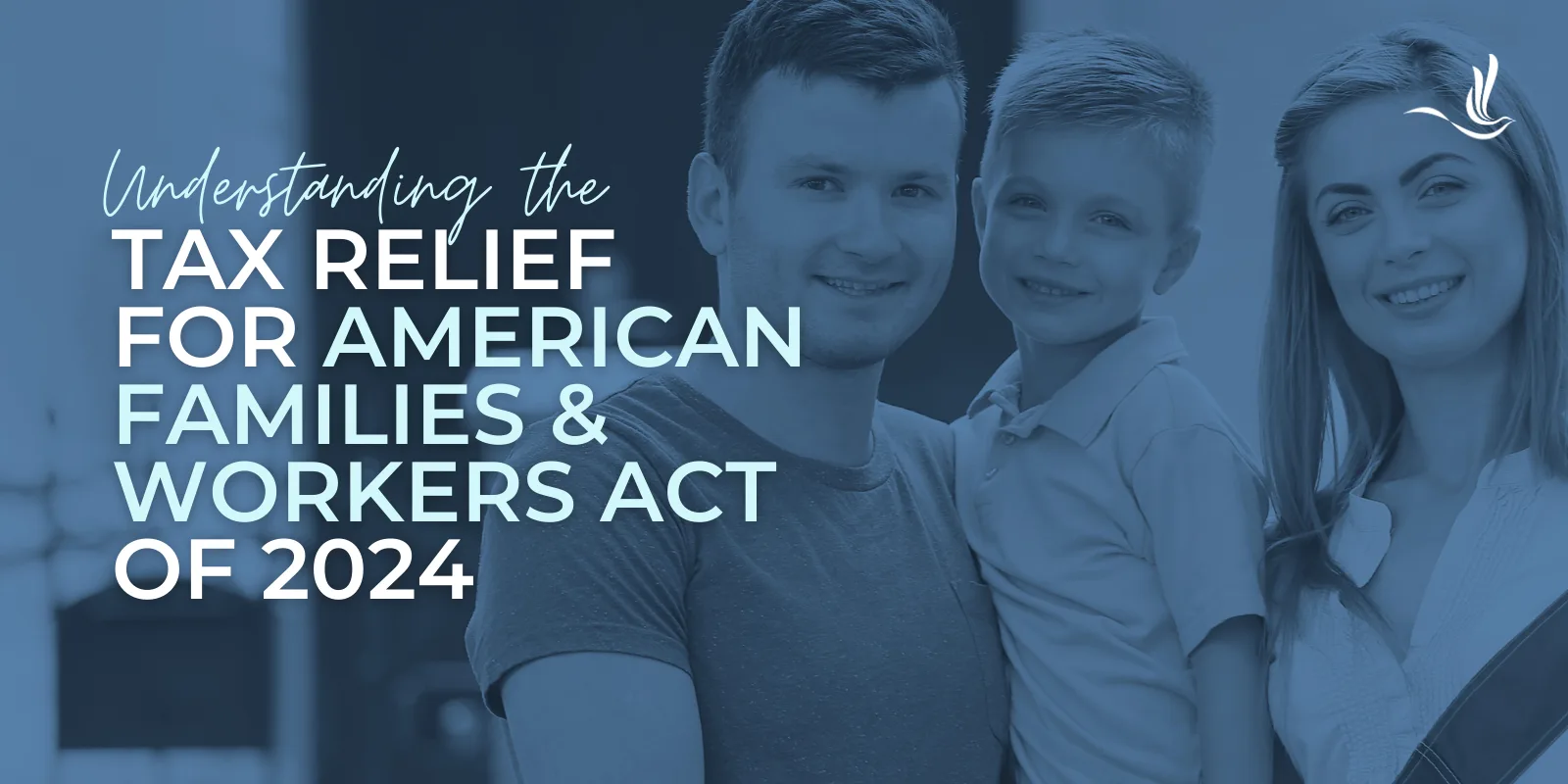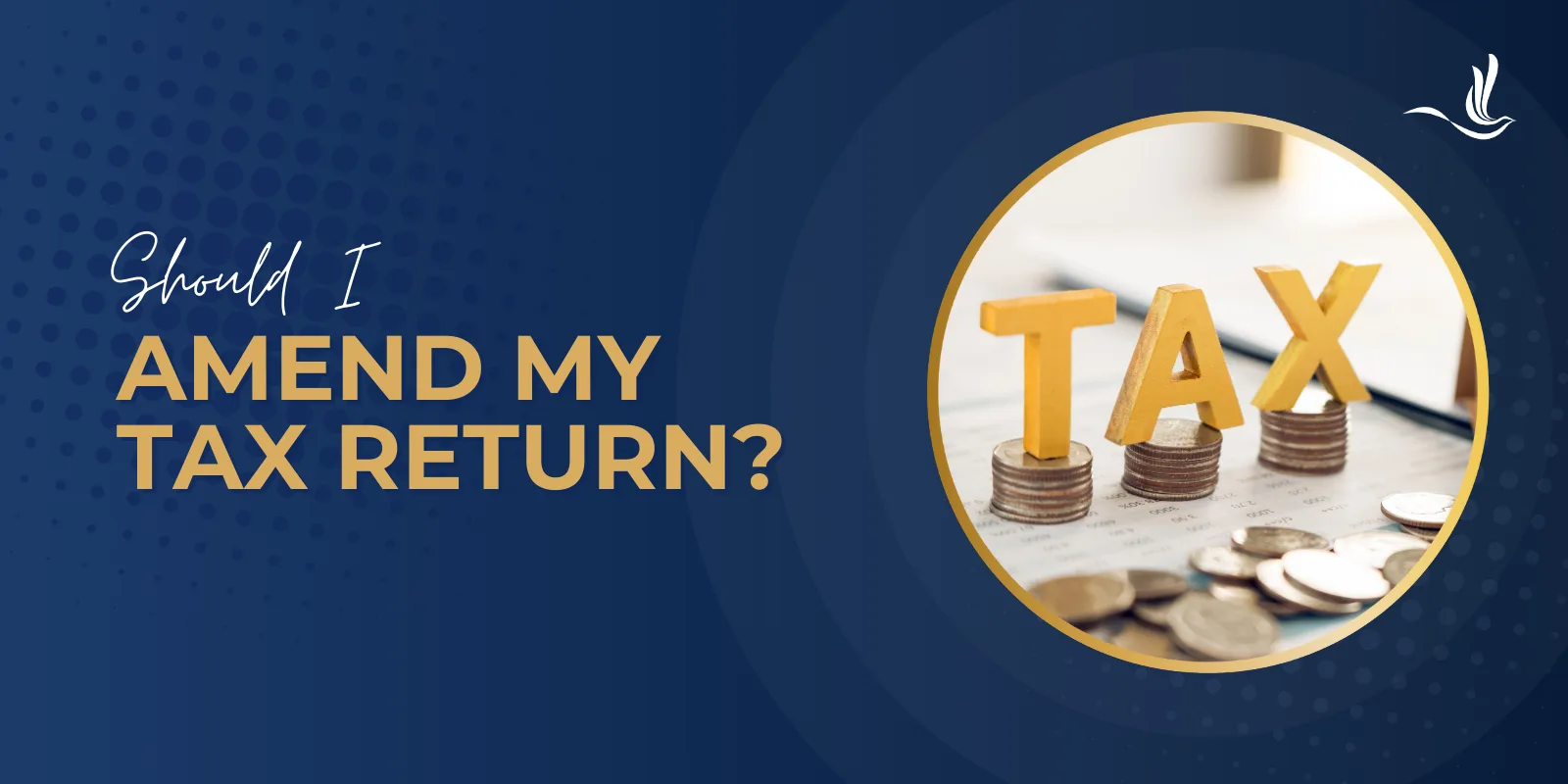The Tax Relief for American Families and Workers Act of 2024 was designed to provide financial relief to families, workers, and businesses. It aimed to expand tax credits, adjust eligibility rules, and introduce new incentives to support economic stability. While the bill passed in the House of Representatives in 2024, it did not pass in the Senate. This means these proposed changes were never implemented.
Background and Legislative Context
Tax relief has been a key focus of economic policy for years. Lawmakers have continually seeking ways to support working families and encourage business growth. During the pandemic, temporary tax measures helped struggling households, but those provisions have since expired. This bill was an effort to create more permanent solutions.
The Tax Relief for American Families and Workers Act of 2024 was the result of bipartisan discussions aimed at providing financial assistance without significantly increasing the federal deficit. Economic challenges such as inflation and rising living costs influenced the bill’s provisions. Although it passed in the House with broad support, it did not pass in the Senate,. This left taxpayers uncertain about future tax relief efforts.
Key Provisions of the Act
This legislation proposed several major changes to tax laws, focusing on families, workers, and businesses. The goal was to ease financial burdens, stimulate economic activity, and ensure long-term financial stability.
Tax Relief for Working Families
One of the bill’s most significant provisions was an increase in the refundable portion of the Child Tax Credit (CTC). The refundable amount was set to rise from $1,800 in 2023. It would rise to $2,000 in 2025, with inflation adjustments to ensure continued support for families. Additionally, taxpayers in 2024 and 2025 would have been allowed to use prior-year earned income when calculating the Earned Income Tax Credit (EITC), helping those with fluctuating incomes maximize their benefits.
American Innovation and Growth
The act sought to encourage business investment and economic expansion by delaying the requirement for businesses to deduct domestic research costs over five years until 2026. It also extended existing business interest deduction rules, ensuring companies could deduct a greater portion of their interest expenses. Furthermore, the legislation maintained 100% bonus depreciation, allowing businesses to immediately deduct the full cost of qualified capital investments.
Assistance for Disaster-Impacted Communities
To aid communities affected by natural disasters and other crises, the bill proposed excluding compensation for wildfire damages and payments related to the East Palestine, Ohio train derailment from taxable income. This exclusion would have applied to payments received between 2019 and 2026, ensuring financial relief for those impacted.
More Affordable Housing
The legislation aimed to support affordable housing development by increasing the Low-Income Housing Tax Credit (LIHTC) ceiling by 12.5% for the years 2023 through 2025. It also lowered the bond-financing threshold from 50% to 30% for projects funded before 2026, making it easier for developers to finance affordable housing projects.
Tax Administration and Eliminating Fraud
The bill sought to modernize tax administration by raising the income reporting threshold for independent contractors from $600 to $1,000, with future inflation adjustments. This change aimed to reduce the administrative burden on taxpayers while ensuring accurate income reporting. Additionally, the legislation increased penalties for fraudulent COVID-related Employee Retention Tax Credit (ERTC) claims, strengthening compliance measures.
How the Act Would Have Affected Taxpayers
Had the bill become law, it would have directly impacted various groups of taxpayers. Families, small business owners, and high-income earners would have seen changes in their tax liabilities and benefits, influencing their financial decisions.
Families and Workers
A middle-class family with two children and a household income of $50,000 would have likely seen a larger tax refund due to the proposed expansions of the CTC and EITC. These changes were meant to provide immediate financial relief, helping families cover expenses like childcare, education, and healthcare.
For single workers without dependents, the proposed EITC expansion would have provided greater tax support, recognizing the financial challenges faced by low-income workers regardless of family status.
Small Business Owners
Entrepreneurs and small business owners would have benefited from increased deductions and tax incentives. A retail business opening a new location could have used the expanded expensing provisions to offset startup costs, making it easier to grow. Similarly, businesses investing in workforce training might have qualified for tax benefits aimed at supporting employee development and retention.
High-Income Earners
While the bill primarily focused on relief for lower- and middle-income families, some provisions would have impacted high-income earners as well. Adjustments to tax brackets and deduction limits might have resulted in slight changes to tax liabilities, though the bill’s primary aim was to provide financial relief to working families and small businesses.
Implications for the Future
Although the bill did not pass in the Senate, its proposals underscored ongoing concerns about tax policy and economic relief. The debate over tax credits, business incentives, and financial support for families will likely continue in future legislative sessions.
Long-Term Economic Impact
If enacted, the expanded tax credits and business incentives could have led to increased consumer spending and economic growth. Families receiving larger refunds might have reinvested in their local economies, while businesses benefiting from tax relief could have expanded operations and created more jobs.
Potential for Future Legislation
Some lawmakers continue to advocate for similar tax relief measures in future sessions. Supporters argue that expanding the CTC and EITC would reduce poverty and enhance financial stability for working-class Americans. Future proposals may refine these benefits, potentially increasing refundability and accessibility.
Challenges and Considerations
Despite the bill’s intentions, concerns about its long-term financial impact contributed to its failure in the Senate. Critics worried that expanded credits could lead to higher government spending, which might require tax increases or budget cuts elsewhere. Additionally, ensuring that eligible taxpayers could effectively claim these benefits would have required robust outreach and education efforts.
Conclusion
The Tax Relief for American Families and Workers Act of 2024 was designed to provide financial support to families, workers, and businesses through expanded tax credits, business incentives, and adjustments to tax brackets. However, since it did not pass in the Senate, these provisions were never enacted. As discussions on tax policy continue, it is important for taxpayers to stay informed about potential future legislative efforts. Optima Tax Relief is the nation’s leading tax resolution firm with over a decade of experience helping taxpayers with tough tax situations.
If You Need Tax Help, Contact Us Today for a Free Consultation
Publisher: Source link









